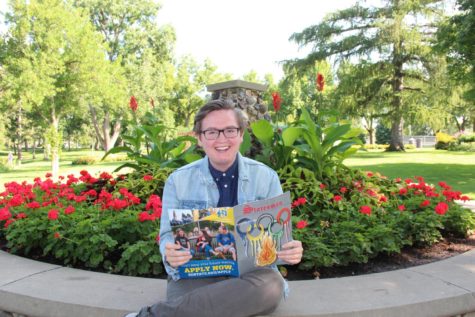Let’s talk about sex (education), baby… Inclusive sex (education)

May 22, 2017
Hey reader, we need to have a talk, not the talk, still an important talk. While, sexual education is an integral part of the middle school and high school learning experience, there is content missing from our books, content that saves lives, content that is fundamental in creating inclusive sexual education.
The sexual education initiative was the U.S. response following the 1980s HIV/AIDS epidemic in Africa and beyond. Classrooms around the world fought the disease with information and education. Interestingly, the coined “sex ed” classes focused exclusively on male-female relationships, despite heterosexual relationships composing a disproportionately low percentage of AIDS patients. Indeed, the CDC estimates that 55 percent of all HIV/AIDS patients are gay men, so the classes should have encompassed inclusive sexual education material. Inclusive sexual education is even more necessary today.
Sexual education, as it currently stands, serves a vital role. Schools teach boys and girls how to interact safely, happily and healthfully, and that’s wonderful. Yet, sex isn’t wholly between men and women, and sexual education shouldn’t focus exclusively on the dangers of pregnancy; sex is multifaceted and diverse. Few sexual education classes, nevertheless, branch outside of the narrow heterosexual scope, leaving a significant number of students clueless and ill-equipped to live a healthy life. Although our society progressed, our sex ed classes have not, and the consequences are dire as viruses are not the sole disease plaguing the LGBTQ community.
According to the Speak For Them organization, 1,500 LGBTQ people commit suicide annually. When polled, many LGBTQ students express feelings of rejection or a lack of understanding from their straight, cisgender* peers. When students are exposed to literature, TV or other forms of media that represent their lifestyles, they feel less alone. School is no different than TV in this manner: inclusive sexual education is a powerful, untapped resource that will demystify sexuality and lift the curtain that hides and, consequently, stigmatizes minority identities. Broadening our classroom teaching scopes to include sexually diverse material communicates to students a sense of acceptance, that they not only exist, but are acknowledged by larger system. Still, we are scared.
Fear is the greatest inhibitor of progress. It may be scary to start this discussion in classrooms, but it must happen. People are dying, and simply talking will save lives. Discussions about men having sex with men, women having sex with men, women having sex with women, transgender woman having sex, transgender men having sex don’t have to be exhaustive, but they should cover the skills that are required to go about life healthfully… We have a lot to talk about, and it isn’t easy- important causes rarely are.
I’m asking you to try to avoid disconnecting yourself from this issue, for everybody deserves an education that is applicable to their lives, despite their sexuality or gender identity. Inclusive sexual education, unlike the majority of debates, is fairly simple: Be inclusive or be exclusive. I challenge you to see this not as you live, but as those who require your help and support live.
The first step is the most important; visit http://bit.ly/2qcOaDR for a more detailed account of the problem at hand. Be safe, be educated, be inclusive.
*Cisgender- term used to describe a person whose biological identity corresponds to their gender identity. This term is not related to sexuality.








